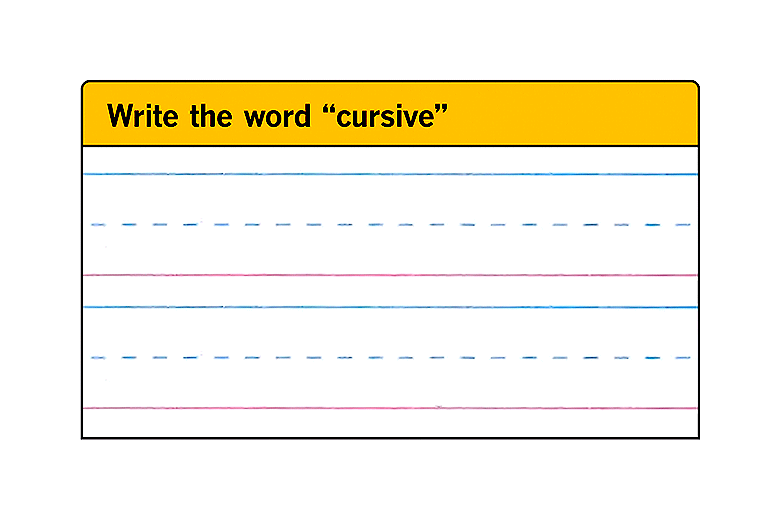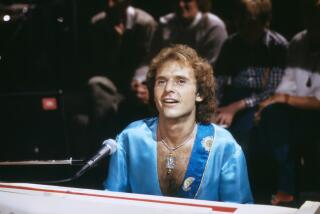The Wright Font for Personal Correspondence
- Share via
Few of us will ever live in a house designed by Frank Lloyd Wright. But those using a home computer can now give a touch of the Wright style to any letter or even grocery list they write.
Eaglefeather, a typeface based on elegant lettering designed by Wright, has recently been released in digital form for the consumer market by Manticore Products, a Chicago company that specializes in computer accessories such as art-themed mouse pads and screen savers.
For about $25, you can get the Eaglefeather set, which includes a floppy disk for Macintosh computers and another for PCs that use Windows. Install whichever is appropriate, and you can use Eaglefeather as your font whenever you wish.
And whenever you do, you’ll be paying homage to a bit of L.A. design history. The project to create a Wright-inspired computer font began in 1992 with designer David Siegel going through the archives of the Frank Lloyd Wright Foundation, which holds the rights to the late architect’s drawings and papers.
Siegel, a San Francisco-based graphics designer, is now best known in computer circles for his book “Creating Killer Web Sites.” (Hayden Books, 1996). But back then he was creating fonts.
Wright had followed in the tradition of his mentor, the great Chicago architect Louis Sullivan, in making design drawings that were not just functional, but works of art in their own right. For Wright, this meant designing an alphabet of letters for almost every major project. “He wanted lettering that was sympathetic to the tone of the building he was designing,” said Siegel, speaking from his San Francisco office.
For a computer font in the style of Wright, Siegel settled on the lettering the architect had created for his ambitious Olive Hill project, a set of buildings that was to establish an arts center in what is now called Barnsdall Park in L.A.
The 36 acres of hilltop land were owned by Aline Barnsdall, an oil heiress who dabbled in producing avant-garde theater. For her, Wright designed one of his greatest residences, the Mayan-influenced Hollyhock House, named after Barnsdall’s favorite flower.
Hollyhock was completed in 1921, and Barnsdall additionally commissioned Wright to design for the property a theater for live productions, another for movies, several artists’ studios and an apartment building for visiting theatrical troupes. These additional buildings never made it past the design stage and Barnsdall eventually gave her house and the land to the city.
Wright had created 19 letters, all upper case, to use in the project drawings. Siegel and another designer, Carol Toriumi-Lawrence, worked to fill out the upper case alphabet and design lower case letters to fit with them.
Siegel thought “Olive Hill” wasn’t an evocative enough name for the typeface. He instead chose “Eaglefeather,” the name of another Wright project--a Malibu house for radio / film producer Arch Oboler, best known for the radio drama series “Lights Out.”
The design work on the Eaglefeather font sets took about eight months, Siegel said. The result was a typeface that captured the feel of the Arts and Crafts movement that influenced Wright. “We wanted each letter to have a draftsmanlike quality to it,” he said.
But the fonts were a flop in the design market. “People gave us a lot of flack for things like the double bars we used in the ‘H’ and the ‘A,’ ” Siegel said. “And then there was the escalator-shaped, upper case ‘S’ we used. People said it wasn’t readable. We knew that might happen, but I insisted on those touches, anyway, because they make the font distinctive. Maybe they do stop the eye, but, for special uses, that’s not a bad thing.”
Eventually, it was decided to market the font to consumers at a greatly reduced price (to buy all the typefaces you get on the Manticore disk, it would have originally cost you $180).
It’s true that you probably wouldn’t want Eaglefeather for everyday use. It’s a touch too fancy for a business letter, book report or spreadsheet.
But for a birth announcement or party invitation, it makes for a wonderfully elegant presentation. And those of us with horrible penmanship might even use it for more intimate correspondence.
Eaglefeather is available in some stationery shops, or you can order it from Manticore at (800) 782-2645. A portion of each sale goes to the Wright foundation, which funds conservation and education programs.
A hint: The disks include both the TrueType and Postscript formats of the fonts. Try them both to determine which works best on your computer.
*
Cyburbia’s e-mail address is david.colker@latimes.com.







